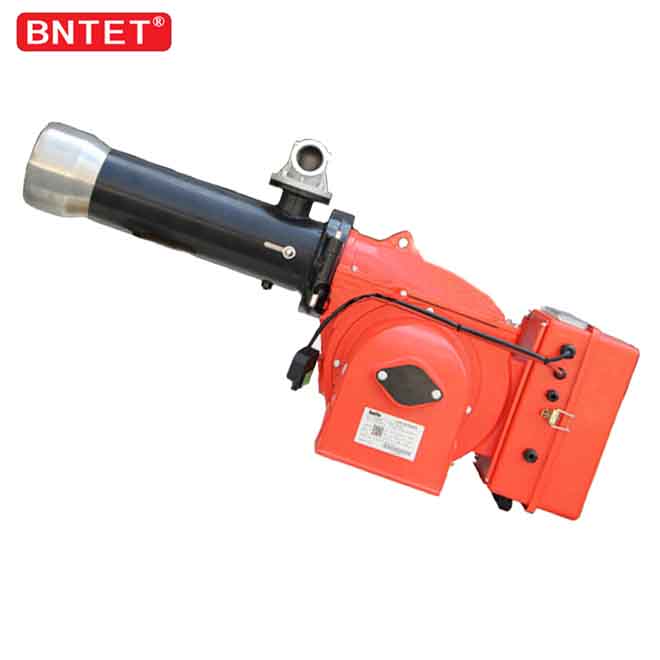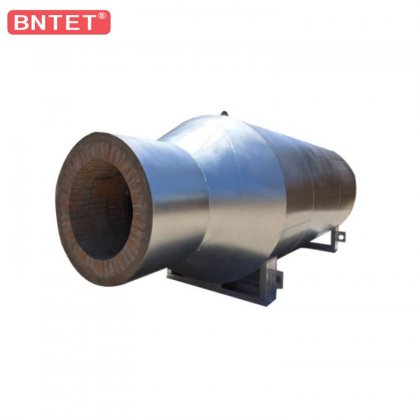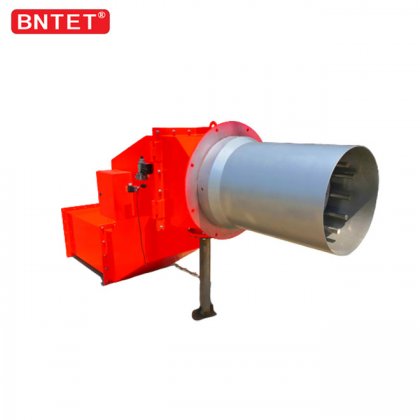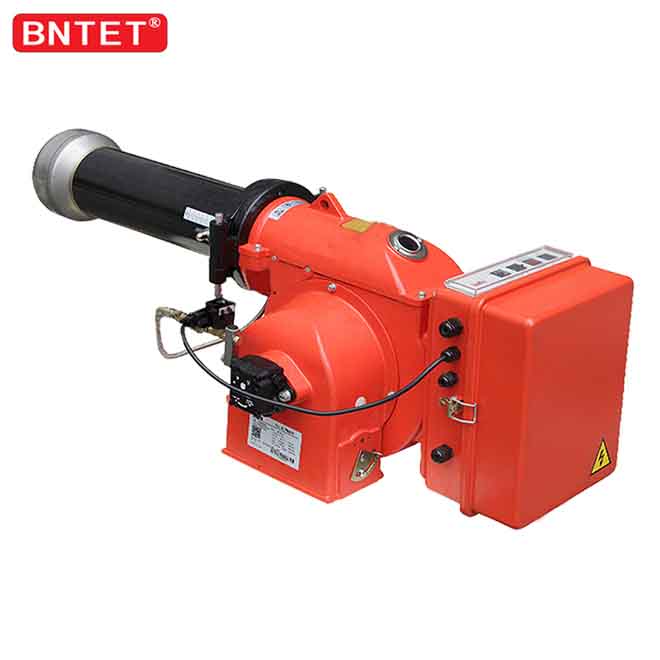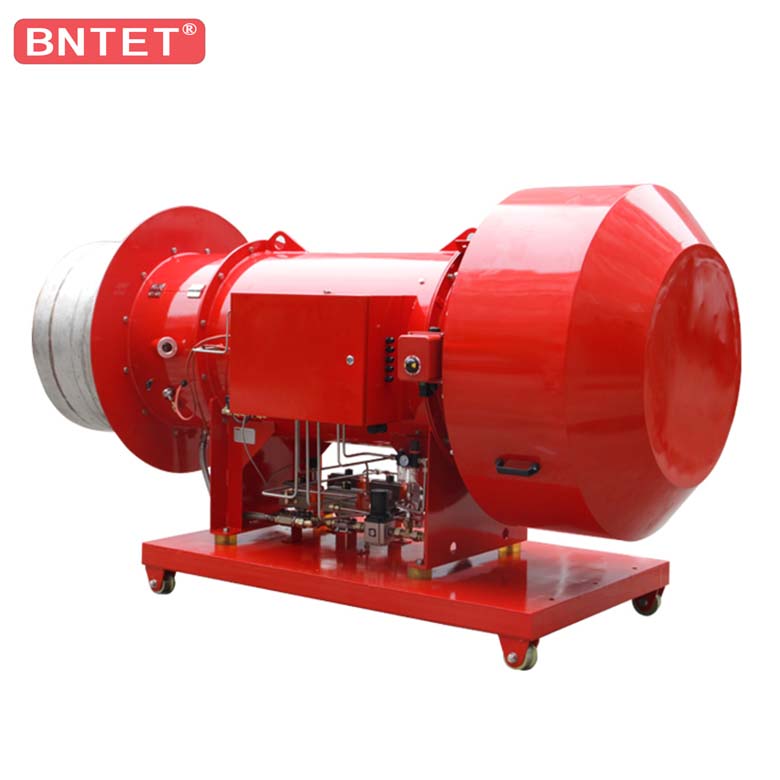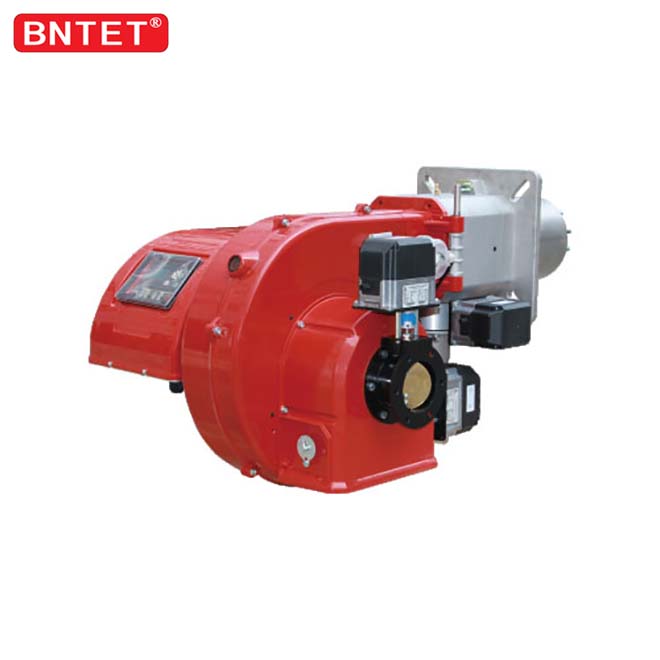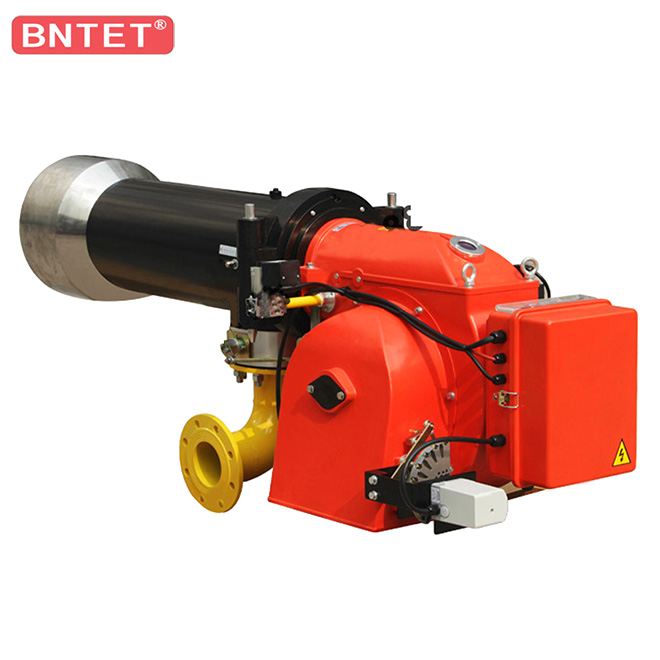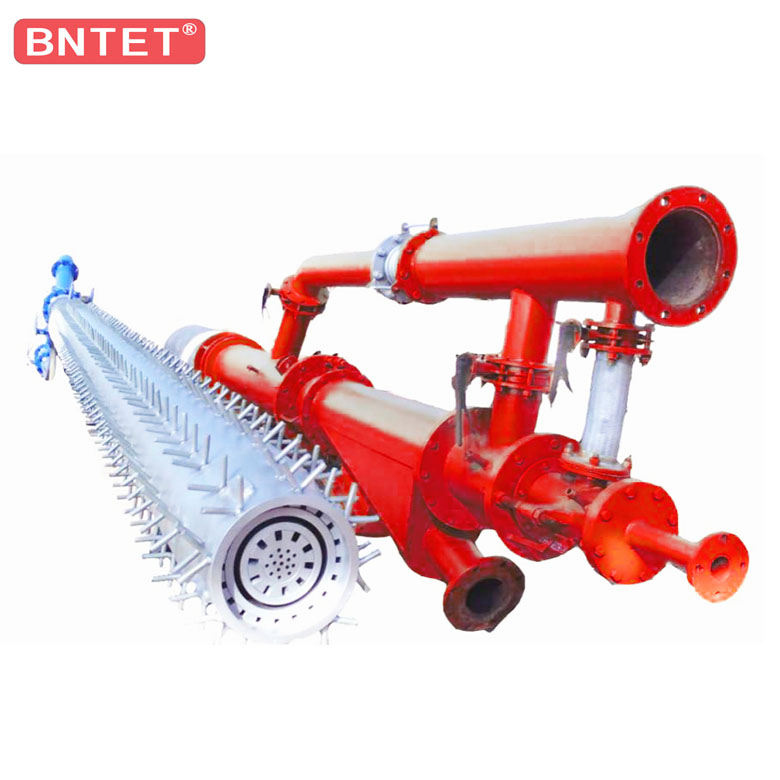The combustion flame has various characteristics, such as heat degree, ionization state, radiation of different parts of the flame, spectrum and pulsating or flickering phenomenon of the flame, differential pressure, sound, etc., which can be used to detect the "yes" or "no" of the flame.A boiler burning coal or oil emits infrared (IR), visible light and ultraviolet (UV) radiation.
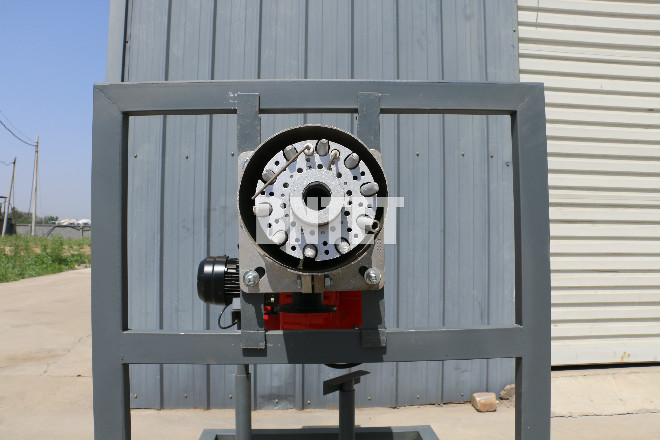
All fuel combustion radiates a certain amount of ULTRAVIOLET and a large amount of infrared, and the spectrum involves infrared, visible and ultraviolet.Thus, the entire spectrum of the spectrum can be used to detect the presence or absence of flame.
Because of the different kinds of fuel, the intensity of the flame radiation is different, and the flame detection components are also different.Generally speaking, besides containing in the pulverized coal flame glowing outside three atomic gases such as CO2 and water vapor, some hot glowing and granular coke particles, their strong infrared, visible light and some ultraviolet radiation, the ultraviolet light often easily absorbed by the products of combustion and soot particle and was quickly reduced, so the pulverized coal combustion flame appropriate USES visible light and infrared flame detector.And in the oil flame used for heating furnace and ignition, in addition to a part of CO2 and water vapor, there are a large number of luminous carbon black particles, which can also radiate stronger visible light, infrared ray and ultraviolet ray, so can be used to detect the three flame more sensitive components for measurement.When the combustible gas is used as the main fuel, the ultraviolet radiation is strong in the initial combustion area of the flame.Except for the steady electromagnetic wave, all the flames are pulsating.Therefore, the flame monitoring of single-burner industrial boilers can take advantage of the flame pulsation variation characteristics by using an infrared solid detector with a low-pass filter (10-20 Hz) (usually with lead sulfide).But the scintillation law of multi-burner furnace flame in power station boiler is different from that of single-burner industrial boiler, especially in the throat part of burner, the scintillation frequency range is much wider.
The Lead sulfide (PbS) sensor is a lead sulfide photoresistor characterized by a particular sensitivity to infrared radiation.When the fuel is burning, the chemical reaction produces flashing infrared radiation, which makes the lead sulfide photosensitive resistance induction, converted into an electrical signal, and then processed by the amplifier, output 4-20mA or 0-10V analog quantity.In the spectrum, the wavelength of infrared ray is more than 600nm, while the spectral sensitivity of this lead sulfide sensor is 600nm-3000nm, which can effectively collect most of the infrared radiation, and also covers part of the red light in visible light, so as to fully ensure the authenticity of the collected flame signal.
A potassium phosphide (GaP) sensor, which is a potassium phosphide photoresistor characterized by special sensitivity to ultraviolet radiation.When the fuel is burning, the chemical reaction produces flashing ultraviolet radiation, which makes the potassium phosphide photosensitive resistance induction, converted into an electrical signal, and then processed by the amplifier, output 4-20mA or 0-10V analog quantity.In the spectrum, the wavelength of ultraviolet is less than 380nm, while the spectral sensitivity of this lead sulfide sensor is 190nm-550nm, which can effectively collect most of the ultraviolet radiation, and also covers most of the purple light in visible light, so as to fully guarantee the authenticity of flame signal collected.
In the low frequency range (10-20Hz), the flicker intensity difference between pulverized coal and oil with or without fire is very small.The scintillation frequency at the maximum difference of radiation intensity between pulverized coal with and without fire is about 300Hz, and the difference between oil with and without fire should be at a higher frequency (above 100Hz) to achieve better detection.
The relationship between scintillation frequency and radiation intensity depends on the burner configuration, detection method, fuel type, operating conditions of the burner (such as fuel to air ratio, primary wind speed), and observation Angle.Generally speaking:
1) The flame flicker frequency is higher in the initial burner of the flame and then decreases in turn towards the burnout area.
2) The closer the detector is to the initial combustion zone of the flame, the stronger the high frequency components detected (100-400Hz) are;
3) The narrower the detector probe's Angle of view, the more real the flame signal detected;And vice versa.
It can be inferred that the scintillation frequency of whole-furnace monitoring is much lower than that of single-burner monitoring.
The shape of the burner flame is artificially divided into four parts: the black dragon area, the initial burning area, the burning area and the burnout area from the throat.The first stage is a mixture of dark coal powder and primary wind, which we call the black dragon area, with low radiation intensity and flickering frequency.The second stage is the initial combustion area. Pulverized coal starts to burn due to the heating of high-temperature furnace gas and flame backflow, and a large number of pulverized coal particles deflagate to form a bright spot flow. This stage is characterized by that the combustion brightness of pulverized coal in this part is not very great, but its flicker frequency reaches the maximum value, which can be more than 100Hz.The third stage is the combustion zone, also known as the complete combustion zone. Each pulverized coal particle is completely burned under full mixing with the secondary wind, generating a lot of heat. This stage has the highest flame brightness and the most stable, but the flicker frequency is lower than the initial combustion zone.The fourth section is the burnout area, at which time most of the pulverized coal is burned to form fly ash, a few larger particles continue to burn, and finally a high-temperature furnace airflow is formed, its flame brightness and flicker frequency are relatively low.It should be noted that the frequency mentioned above refers to the flicker frequency, which is essentially different from the pulse frequency in some flame detectors. The former is a characteristic property of fuel mixture flame combustion, while the latter is only a method of showing the flame intensity.
In the boiler combustion site we can find that the use of uv photosensitive tube detector or potassium phosphide detector monitoring pulverized coal combustion
Burning device, by detecting the signal strength of flame might be equal to or lower than the adjacent flame signal strength, this is because the unburned coal powder in the part near the burner throat tend to have a cover effect, it is actually a dark color of the mixture of pulverized coal and primary air, we call it the black dragon area, if the flame detector is the line of sight through the area or close to the black dragon, when the burner discontinued and other burner continue burning in the hearth, rather than the original signal strength increases, the structure is to use ultraviolet light tube detector monitoring pulverized coal burner of a big problem,But if we choose to use uv photosensitive tube or potassium phosphide detection for the ignition of the oil gun, it will play the role of advantages and disadvantages, can effectively prevent the "peep" problem.
Therefore, it is recommended to use visible light detector or infrared detector to detect the high frequency component of flame flicker.Since the gas flame does not have the high frequency (100-400Hz) pulsation characteristic of the coal flame and oil flame, the infrared detection system is not effective for the gas flame, and ultraviolet detector is recommended for all gas fuels.
ABB in more than 30 years ago launched the world's oldest visible light type flame detection system, and has been widely used in the whole world, but in the process of the application of long-term found that the flame detector, often see fire difficult circumstances sometimes "peep" occur frequently, and analyzes its reason, mainly in the use of some relatively inferior coal or now a lot of power plant often use mixed coal burning, the flame of the black dragon area get longer, so visible off tend to focus on the black dragon of vision for the area and the initial burning area part, flame intensity greatly abate, no fire occur;In addition, visible closed type fire inspection is also greatly affected by the ratio of load and primary air. Therefore, infrared and ultraviolet light inspection have gradually replaced visible light inspection.
Generally speaking, the radiant energy emitted by the furnace flame flashes at different frequencies, and so does the flashing frequency of different fuels and burners.The average light intensity of the flame differs between good and bad combustion in a furnace.Flame detector is to use the flicker frequency of flame and the radiation intensity of light to comprehensively judge whether the flame is strong or weak.
